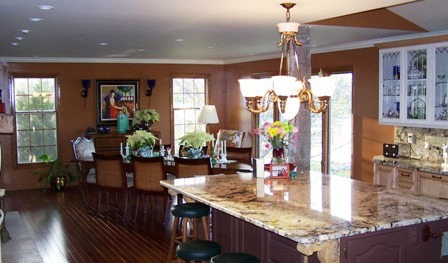
Scheffers Construction Co., Inc.
New Homes | Remodeling
| About Us | Choosing
a Builder | Other Resources
| Home
New Homes
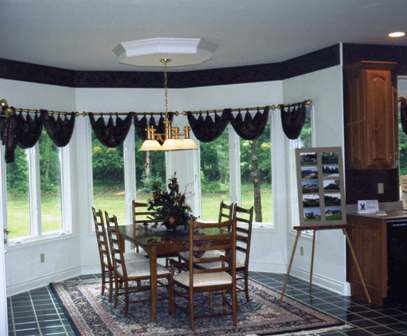 Considering
building a new home? Give us a call for a free consultation on building
a custom home, designed and built just for you. Whether large, medium
or small, your new home should reflect your family's lifestyle, meet your
needs, contain quality materials inside and out, and be built by an ethical
builder...like Scheffers Construction. We'd be happy to meet with you!
Considering
building a new home? Give us a call for a free consultation on building
a custom home, designed and built just for you. Whether large, medium
or small, your new home should reflect your family's lifestyle, meet your
needs, contain quality materials inside and out, and be built by an ethical
builder...like Scheffers Construction. We'd be happy to meet with you!
- Photo Gallery
- How much does a house cost?
- Tax Advantages of a New Home
- The Strength of a Nation
- Housing's Contribution to Individual Wealth
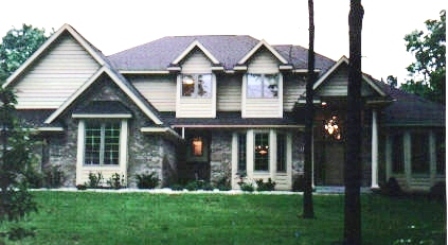 |
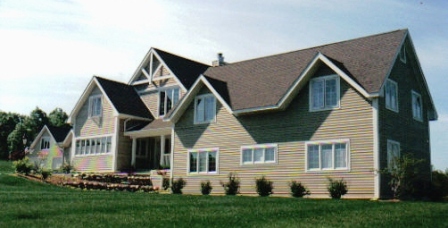 |
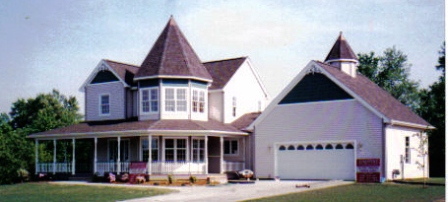 |
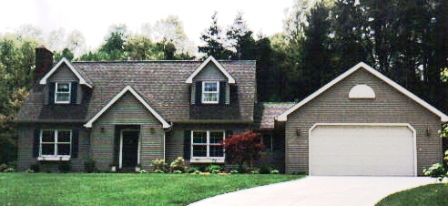 |
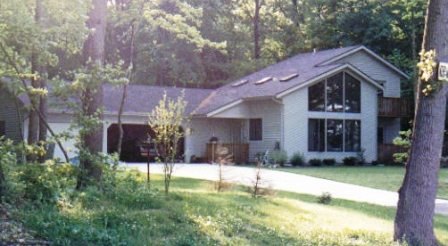 |
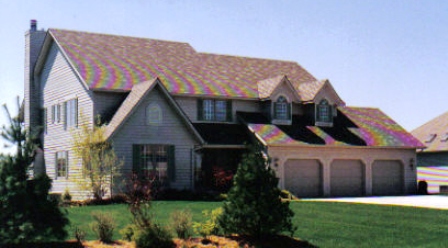 |
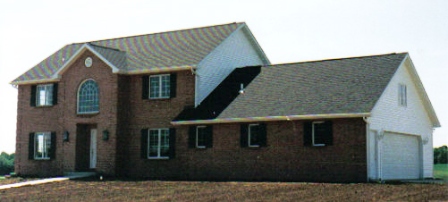 |
 |
The question is a classic; "How much does a house cost?" Per square foot or per pound? Per upgrade or per offset? The answer is........there is no answer.
We are obligated by the nature of our culture to "shop" every purchase, and look for what seems to be the same thing for less money. With new homes, though, price is not the primary basis for comparison shopping. The real question is "What is of value to us (the buyer)?" The real value in a home purchase is directly related to how well the completed project lives up to your expectations and dreams.
What builders have to charge is a function of several variables; the cost of doing business, current market economics that affect everything from the cost of lumber to the availability of labor, regulations imposed by government, and your (the future owner) own needs.
For the sake of discussion, let us look at two 2000 square foot houses, sitting within a mile of each other. To the untrained eye they appear to be the "same" house -- two story, rectangular, with 2-1/2 baths, three bedrooms, full basement, and attached, two car garage. Here's a hypothetical example of how these two homes could have different pricing:
House A
- House sits 100 ft back from road, with longer and wider concrete drive.
- Foundation is wrapped with a drainage layer and extra grading to prevent water seeping into basement.
- Two-stall garage is extra 10' deep to accommodate storage.
- Upgraded shingles, with 30-year warranty were used on the roof.
- Framing lumber is No. 1 or better fir, and framing is 2x4s, 16" on center.
- Exterior walls include high R value wet pack insulation with 1/2" rigid foam and Tyvek wrap.
- High quality windows with Low E glass are used (such as Eagle, Anderson or Pella windows).
- Home includes a step-down great room with 9' side walls and mono truss frame to create a half cathedral ceiling.
- High efficiency (90%+) gas fired forced air heating system with air conditioning, with electronic air cleaner and humidifier.
- Higher grade carpet and pad were installed for better wear, with ceramic tile in foyer and baths.
- Interior walls are painted with a prime coat and two finish layers.
House B
- House sits 60' from road, with shorter, asphalt drive.
- No drainage layer or extra grading to prevent water seepage into basement.
- No extra depth to two-stall garage.
- Shingles look fine, with a mid-range warranty.
- Framing lumber is lower grade, with framing 24" on center.
- Exterior walls include fiberglass insulation, with no rigid foam or Tyvek wrap.
- Medium quality windows are used.
- Standard efficiency (80%) gas fired forced air heating system with air conditioning.
- Medium grade carpet with minimal pad were installed, with ceramic in the foyer and vinyl in the baths.
- Interior walls are painted with prime coat and one finish layer.
Placed side-by-side, these homes may not appear visually very different even though House A will cost more than House B. However, House A is a better investment in terms of costs to heat, cool, and maintain, with greater resale value. No basement leaks are a definite savings. The roof will look and wear better, while House B's roof may need repair or replacement sooner. The interior will wear better and longer, while House B will show wear-and-tear much sooner. A greater investment in the quality of your new home will pay off in out-of-pocket maintenance and operational costs in the long run, make your day-to-day living much easier when you don't have to deal with frustrations of untimely home problems, and increase resale value.
Buying a new home is one of the smartest purchases you can ever make. One of the reasons is that homeownership has many positive tax implications. Because of changes to the tax code passed in 1997, these tax implications are much more favorable for most home owners today than in the past. According to the law, married home owners do not have to pay taxes on up to $500,000 in capital gains realized on the sale of their homes. The $500,000 provision applies to married home owners filing joint returns and is restricted to homes sold on or after May 7, 1997. To qualify, the home would have to have been used as a principal residence for at least two of the previous five years. Taxpayers who file individual returns may claim up to $250,000.
According to the previous rules, the tax on any profit would be deferred if the sellers of the home bought and occupied another home of equal or greater purchase price within 24 months before or 24 months after the sale of the old residence. The previous law also allowed for a one-time capital gains exclusion. Home sellers who were at least 55 years old could realize a tax-free gain of up to $125,000 if the home had been used as a principal residence for at least three of the previous five years. Under the old law, home sellers could use their capital gains exclusion only once after turning 55. Under the new law, people over 55 who have already used their exclusion can take advantage of the new tax provisions, assuming that they have occupied their new residence for at least two of the previous five years.
First-time buyers also benefited from a special provision of the new tax law. One of the largest obstacles to homeownership usually is the inability of potential first-time buyers to save enough money for a downpayment. In 1997, Congress passed a new provision allowing first-time buyers to withdraw up to $10,000 from their IRA accounts if the money is used for a downpayment on a home. The penalty-free provision can be applied to IRAs owned by the buyers, their parents or their grandparents. Under current law, early withdrawals from an IRA incur a 10 percent penalty.
The Strength of a Nation
"The Strength of a Nation Lies in the Homes of its People."Spoken by Abraham Lincoln more than 140 years ago, those simple words eloquently convey a timeless truth. Homeownership and housing are essential to the strength and vitality of a nation; their value is virtually immeasurable.
Homeownership is the cornerstone of family security, stability and prosperity. It strengthens the nation's communities, encourages civic responsibility and provides a solid foundation from which Americans can work to support their families, enhance their communities and achieve their personal goals.
Equally important, housing is a crucial component in the nation's economy and in individual financial security. New home construction and remodeling provide millions of jobs and generate billions of dollars in wages and tax revenues each year. Furthermore, homeownership is a key to building personal wealth and financial security.
The value of housing and homeownership to the nation and its people just cannot be overstated. America's strength truly does lie in the homes of its people.
Housing's Contribution to Individual Wealth
Owning a home provides more than shelter and a stable place to raise a family. For the majority of American households, homeownership is the steppingstone to a future of financial security. Americans have more
than $4 trillion in equity—the value of a home minus any mortgage
debt—in the homes they own. Home equity accounts for more than half
(51 percent) of the total net wealth of the typical home owning family,
making homeownership the primary source of a household's net worth and
the fundamental first step toward accumulating personal wealth.